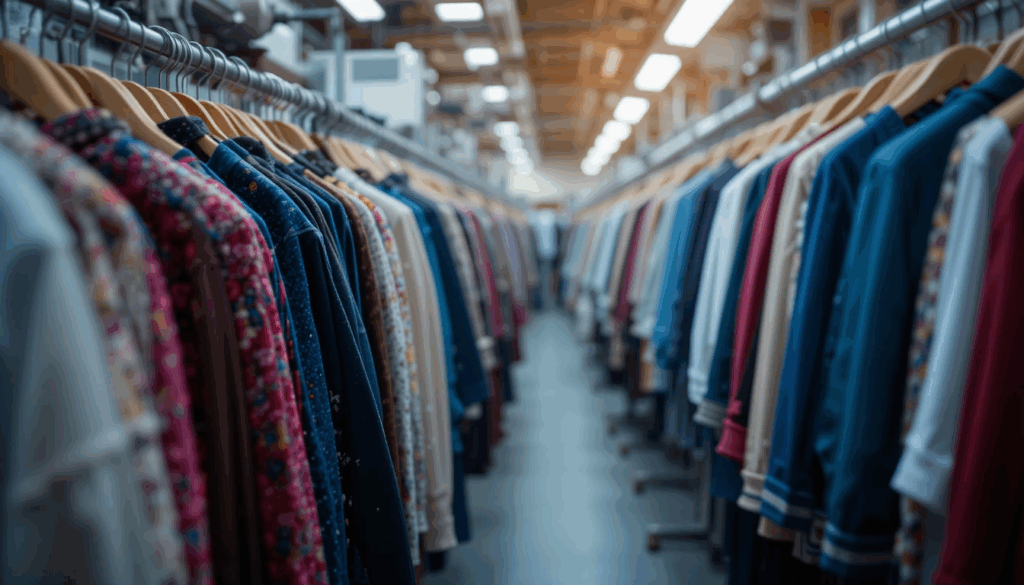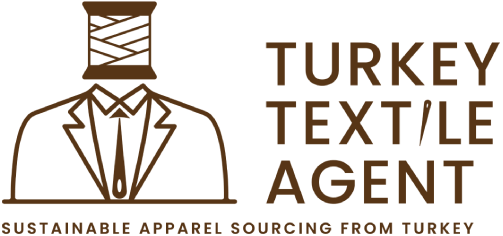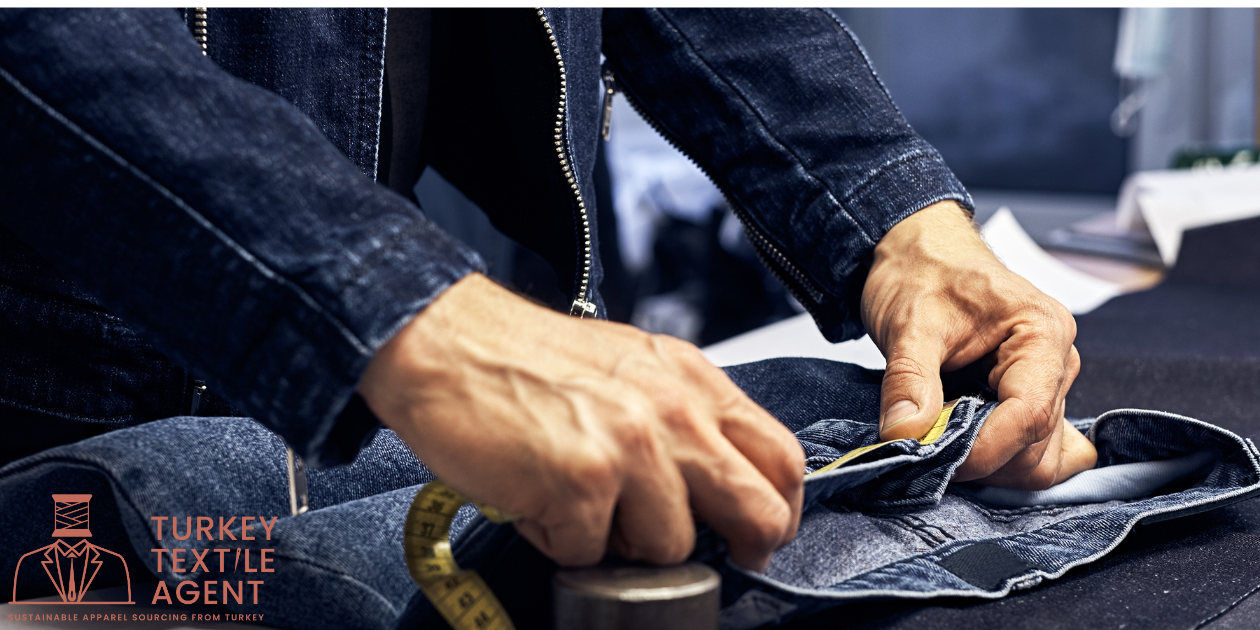In the global fashion industry, Turkey has established itself as a leading hub for apparel manufacturing. With its blend of high-quality craftsmanship and competitive pricing, it is no wonder that many fashion brands and retailers choose to source their apparel from this region. However, ensuring that the apparel meets the highest standards of quality is essential to the success of these sourcing operations. Quality control plays a crucial role in guaranteeing that products align with the specifications, maintain consistency, and meet consumer expectations.
In this article, we will explore the essential best practices for quality control for sourcing apparel in Turkey. From understanding key quality metrics to establishing efficient communication channels with manufacturers, we will delve into the specifics of managing quality in every stage of the sourcing process.
Understanding the Importance of Quality Control in Apparel Sourcing
The success of any apparel sourcing operation depends heavily on the quality control processes implemented throughout the production cycle. Apparel manufacturers in Turkey are renowned for their craftsmanship, but even the most skilled artisans can sometimes produce inconsistent results without proper oversight.
Effective quality control for sourcing apparel in Turkey ensures that the final product adheres to the agreed-upon standards in terms of fabric, stitching, fit, color, and durability. Additionally, it helps mitigate the risk of defects, reduces returns, and enhances customer satisfaction.
Key Aspects of Quality Control in Apparel Manufacturing
1. Fabric Selection and Inspection
The first step in quality control for sourcing apparel in Turkey is the careful selection and inspection of fabric. Fabric quality is the foundation of any garment, and it is essential to ensure that it meets the required specifications.
- Fabric inspection should be conducted upon arrival at the manufacturing facility. This inspection should include checking for any defects such as color inconsistencies, holes, or flaws in texture.
- Lab testing is crucial to assess the durability and quality of the fabric. Tests should be conducted for colorfastness, shrinkage, and resistance to wear and tear.
- Pre-production sample approvals should always be based on high-quality fabric swatches to ensure that the final product matches expectations.
2. Garment Construction: Attention to Detail
Once the fabric has been approved, the garment construction process begins. During this phase, quality control focuses on the stitching, trims, and overall finishing of the apparel.
- Seam inspection is essential to verify that stitches are consistent, evenly spaced, and secure. Loose threads, uneven stitching, or improper tension can all lead to product defects.
- Button and zipper functionality should also be checked. Zippers should zip smoothly, buttons should be securely attached, and any fasteners should be durable and functional.
- Thread color consistency should be checked to ensure that it matches the approved samples, as discrepancies can affect the overall appearance of the garment.

3. Fit and Size Consistency
Another critical aspect of quality control for sourcing apparel in Turkey is ensuring that the garments fit as expected and adhere to size specifications. This is particularly important for international markets, where sizing standards may vary.
- Fit testing should be done on fit models to ensure that the garment’s silhouette and measurements match the specifications.
- Size consistency should be verified across multiple samples to ensure that the same size in different batches of production is consistent in its dimensions.
- Grading consistency is another important consideration, especially when producing apparel in multiple sizes. The grading should be done accurately to maintain proportionality across sizes.
4. Color Matching and Fabric Dyeing
Color is a critical element in the fashion industry, and ensuring that the color of the fabric and finished garment matches the specifications is paramount.
- Color swatch approval should be done before production to ensure that the dye used on the fabric is the correct shade.
- Colorfastness testing should be performed to ensure that the color will not fade or run when washed or exposed to sunlight.
- Batch consistency is essential, as slight differences in dye lots can result in noticeable variations in color, which can affect the product’s overall appearance.
Establishing Efficient Communication with Manufacturers
Effective communication with manufacturers in Turkey is vital for ensuring quality control throughout the apparel sourcing process. Clear, transparent, and regular communication can help resolve issues quickly and prevent costly mistakes.
- Detailed product specifications should be provided upfront, including fabric types, stitching styles, fit requirements, and any other quality standards that need to be adhered to.
- Regular progress updates and quality control checkpoints should be established during production. This allows for early detection of any issues and provides an opportunity to rectify them before the final shipment.
- On-site inspections can be an effective way to monitor quality control directly in the manufacturing facility. This allows for a closer look at the production process and enables real-time feedback to the factory.
Key Tools and Techniques for Quality Control
1. Inspection and Testing Protocols
Implementing standard inspection protocols is essential for ensuring quality at every stage of production.
- Pre-production inspections are critical to ensure that the materials and samples align with the specifications before full-scale production begins.
- In-process inspections allow for checks during different phases of the manufacturing process to ensure that the quality is consistent throughout.
- Final product inspections should include checking the finished garment against the approved samples and specifications for any discrepancies.

2. Digital Tools for Quality Control
With advancements in technology, several digital tools can be used to streamline the quality control process.
- Quality management software can track defects, monitor compliance with specifications, and streamline communication between teams.
- Barcode scanning systems can track inventory and production batches, ensuring that quality control data is linked to the specific production lot for easier tracking.
- Image recognition software can be used to detect visual defects in garments, such as stitching errors or fabric inconsistencies.
3. Third-Party Inspections and Audits
Hiring third-party quality control inspectors is an effective way to ensure that an unbiased evaluation of the production process is conducted. These inspectors can perform:
- Factory audits to assess the manufacturer’s compliance with labor laws, environmental standards, and production practices.
- Product inspections at various stages to evaluate the quality of the garments and ensure they meet the required specifications.
- Compliance checks to verify that the manufacturer adheres to industry standards and certifications, ensuring that the final product is ethically produced and free of defects.
Mitigating Risks in Apparel Sourcing from Turkey
Sourcing apparel from Turkey offers numerous benefits, including high-quality manufacturing and competitive pricing. However, there are also risks involved, such as communication barriers, shipping delays, and unforeseen defects. To mitigate these risks, we recommend the following best practices:
- Establish clear terms in the contract with manufacturers, including production timelines, quality benchmarks, and payment schedules.
- Vet manufacturers thoroughly before entering into agreements. Visit factories in person if possible and ensure they have a strong track record of meeting quality standards.
- Plan for contingencies by allowing extra time for production and shipping, as delays can occur due to unforeseen circumstances.
Conclusion: Achieving Excellence in Apparel Sourcing from Turkey
By adhering to these quality control best practices for sourcing apparel in Turkey, businesses can ensure that their products meet the highest standards of quality while maintaining cost-effectiveness and efficiency. From the initial fabric inspection to final product testing, a well-structured quality control process is crucial for success in the highly competitive apparel industry.
Implementing these practices ensures that the sourcing process runs smoothly, products are consistently high-quality, and customer satisfaction is achieved. Whether you are an established fashion brand or a new retailer looking to source apparel from Turkey, maintaining stringent quality control measures is the key to long-term success.

